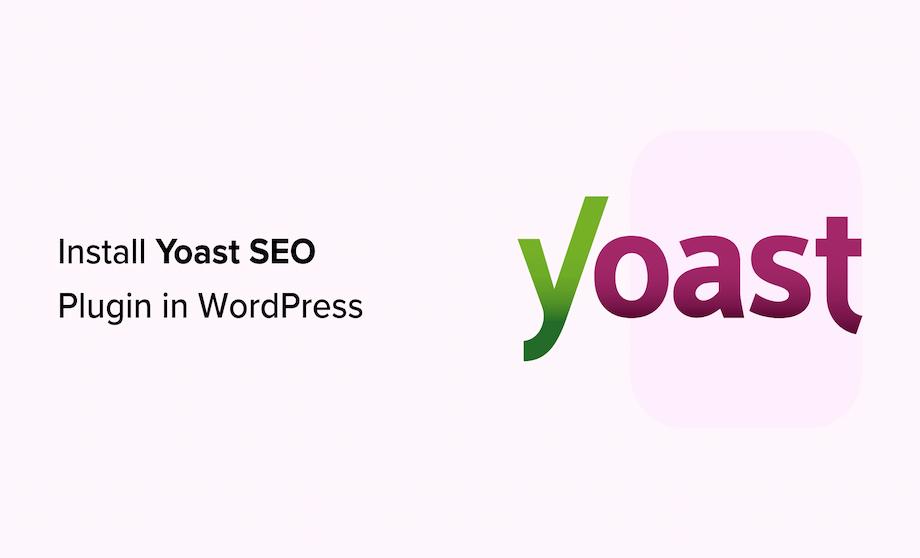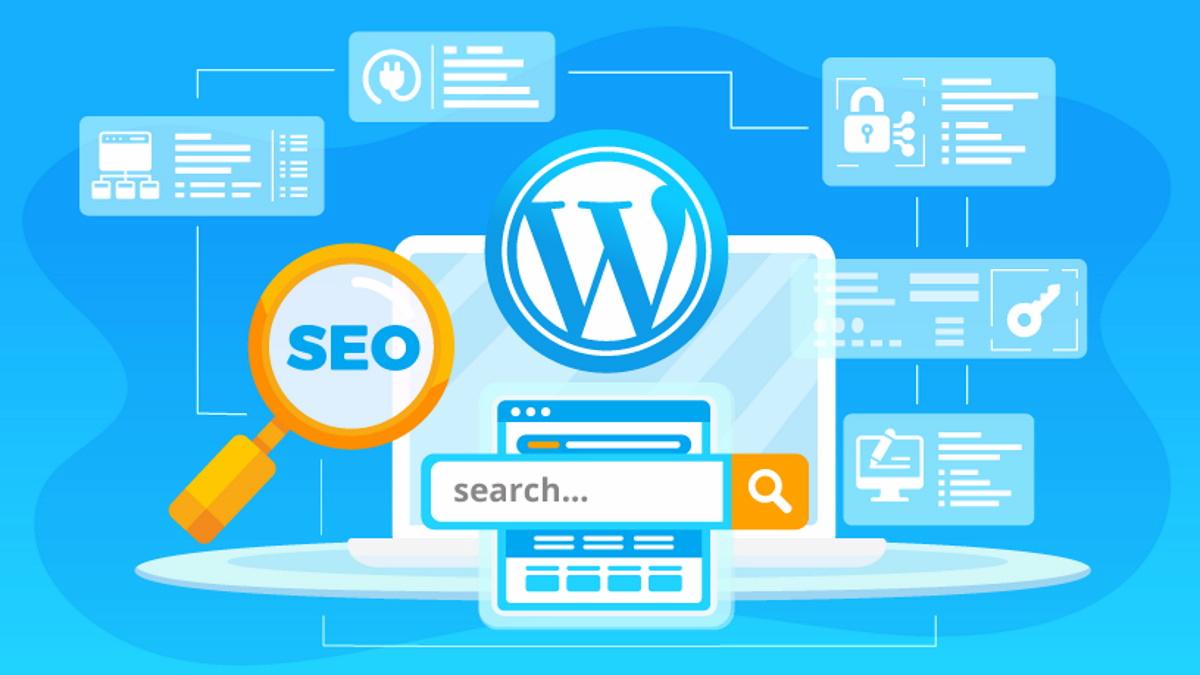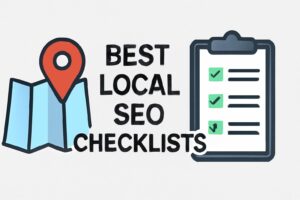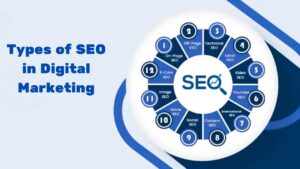Search engines drive most website traffic. High rankings bring visibility and credibility. WordPress powers over 40% of all sites, serving blogs, businesses, and e-commerce. This article explores its SEO strengths, potential pitfalls, best practices, and comparisons to help you decide if it fits your needs.
Core SEO Features of WordPress

WordPress outputs clean, semantic HTML5 by default, ensuring a clear structure for crawlers and a solid SEO foundation. You can customize permalinks to include keywords, boosting click-through rates and making URLs more user-friendly. Most modern themes are responsive out of the box, aligning with Google’s mobile-first indexing. Together, these features make WordPress inherently SEO-friendly.
Technical SEO Foundations
Page speed affects both rankings and user experience. WordPress supports caching plugins, CDN integration, and easy minification of CSS/JavaScript for fast loads. AMP plugins deliver lean HTML for instant mobile rendering and potential Top Stories placement. Built-in or plugin-generated XML sitemaps and editable robots.txt ensure proper indexation.
Content Management and On-Page SEO
The Gutenberg block editor streamlines content creation with intuitive blocks for headings, lists, images, and embeds, encouraging best on-page practices. WordPress enforces a single H1 per page and logical subheadings, helping readers and crawlers follow your content hierarchy. The media library lets you set alt text, captions, and titles, while plugins automate image compression and lazy loading. Proper image SEO enhances accessibility and ranking.
Powerful SEO Plugins

Yoast SEO provides keyword analysis, readability checks, automated XML sitemaps, configurable breadcrumbs, and schema markup in a few clicks. All in One SEO Pack offers robots.txt and .htaccess editing plus social meta-tag support, though its interface can feel less intuitive to some. Schema Pro and similar plugins enable rich snippet markup (FAQ, review, product, event) to boost visibility in SERPs and clarify context for search engines.
Flexibility and Customization
Choosing a lightweight, well-reviewed theme optimized for speed is crucial; child themes preserve customizations through updates. WordPress supports custom post types and taxonomies, letting you create and categorize portfolios, testimonials, or products for better internal linking and navigation. Page builders like Elementor and Beaver Builder integrate smoothly with SEO plugins, generating clean code and metadata while speeding up design—stick to optimized templates.
Hosting, Security, and Maintenance
A quality host with low server response times and built-in caching is the bedrock of crawl-speed optimization. Managed WordPress hosts and CDNs further reduce latency, improving user experience and SEO. Regular core, theme, and plugin updates patch vulnerabilities and enhance performance—outdated components risk hacks and downtime, which harm rankings. Enabling HTTPS with free Let’s Encrypt SSL and using security plugins guards against penalties and preserves trust.
Community, Support, and Resources
WordPress boasts a massive global community. Forums on WordPress.org, Stack Exchange, and Slack channels provide rapid assistance, while local meetups and WordCamps foster shared learning. Official documentation covers every function and hook, and countless blogs and video courses tackle basics through advanced tactics. Continuous core updates and rapid adoption of new features ensure your SEO practices remain current.
Limitations and Common Pitfalls
Installing too many plugins can slow your site through extra queries and scripts; regularly audit and remove unused plugins to maintain speed. Poorly coded themes may rely on excessive JavaScript or inline CSS, blocking content rendering—always test performance before launch. Relying solely on default settings often misses opportunities; take time to fine-tune permalinks, sitemap options, and meta descriptions for optimal results.
Comparison with Other Platforms
Static site generators like Hugo or Jekyll deliver extreme speed and security by serving prebuilt HTML, but lack live editorial workflows. All-in-one builders (Wix, Squarespace) simplify setup with bundled hosting and themes but limit backend access and offer less robust SEO features. Headless CMS setups (e.g., WordPress with Next.js) can boost performance and flexibility via API delivery, yet they introduce development complexity and higher costs.
Best Practices for WordPress SEO Success

Regularly audit and update content: refresh data, fix broken links, and optimize metadata to keep your site authoritative. Implement structured data (FAQ, how-to, review schema) validated with Google’s Rich Results test to enhance SERP presence and click-through rates. Use siloed internal linking and breadcrumbs to group related content and distribute link equity effectively. Monitor performance via Google PageSpeed Insights, GTmetrix, Core Web Vitals, and uptime alerts to catch issues before they harm SEO.
Case Studies & Performance Data
Major publications like TechCrunch and The New Yorker run on WordPress, which combines fast hosts, custom themes, and advanced caching for optimal performance. Studies show that over 90% of top-ranking blogs use WordPress, with average page loads under two seconds when properly optimized. User surveys consistently rate WordPress highly for ease of use and extensibility. Their success stories prove that WordPress can excel in SEO when configured correctly.
Conclusion
WordPress offers semantic code, powerful plugins, responsive design, and a vibrant community—all key SEO strengths. It may not be ideal if you need a purely static site or prefer a turnkey solution with minimal technical control. For most users and businesses, pairing quality hosting, an optimized theme, essential plugins, and regular maintenance creates a robust SEO platform. By following best practices, WordPress can drive sustained visibility and growth.









Add comment
You must be logged in to post a comment.